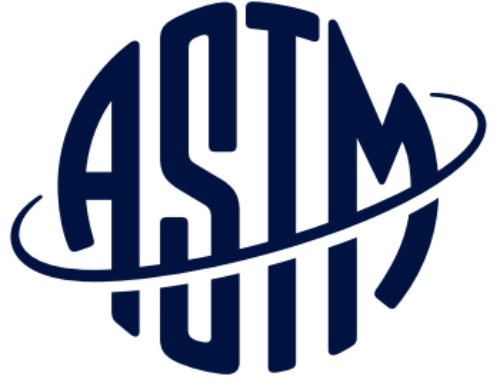This is the second of a four-part series on the history of fatigue analysis. It has been adapted from the upcoming Ph.D. dissertation of VEXTEC’s Robert McDaniels. You can read Part 1 here, and Part 3 here.
While early and important work was being done by Wilhelm Albert, Jean-Victor Poncelet, William Rankine, and other researchers in the growing field of fatigue in the 1800’s, by far the most influential person at the beginning of the systematic study of fatigue was August Wöhler. His influence on early fatigue research is so great that an entire section of Walter Schutz’s paper on the history of fatigue [6] and an entire section of Stepan Timoshenko’s book “History of Strength of Materials” are dedicated to Wöhler’s work [9]. Wöhler was a railroad engineer who worked his way from the machine shop manager to the head of all rolling stock and machine shops of the railroad in Frankfurt, Germany [9, 13]. During his long and influential career he established materials specifications for the metals that were used in railroad applications, fostered the creation of a network of material testing laboratories in Germany, and standardized those labs’ testing and reporting procedures [9]. He also designed and built many different types of fatigue testing machines, and performed many different types of tests [6]. He was the first to understand the importance of both stress amplitude and mean stress on the fatigue life of components [6]. He differentiated between safety factors for components that had finite-design lives and components that were designed for infinite life [6]. Wöhler was also the first researcher to seriously consider the effect of residual stresses on fatigue [9]. He also published the results of his rotating bend fatigue test results in tabular form, and he is generally credited as the originator of the concept of the “endurance limit” [3]. His influence was so great that many years later, this rotating bend fatigue data (and other fatigue data) were presented as curves that his successors called Wöhler curves in his honor [6].
The next significant contributor to our understanding of fatigue was Johann Bauschinger [6]. His main contribution was the discovery and description in 1886 of the effect which bears his name. The Bauschinger effect is the effect whereby induced strains beyond the elastic limit in one loading direction decreases the elastic limit in the opposite direction [3, 14]. This was an important discovery because it led the way to the theories of L.F. Coffin Jr. and S.S. Manson in the 1950’s, and for understanding both the low cycle fatigue phenomena and damage accumulation theories that are still used today [6].
REFERENCES
- Turnbull, H.W. ed., The Correspondence of Isaac Newton: 1661-1675, Volume 1, London, UK: Published for the Royal Society at the University Press. p. 416 (1959).
- “Wilhelm Albert”, Wilhelm Albert. Wikipedia. created 06 February 2016, accessed 31 Dec 2016.
- Suresh, S. Fatigue of Materials. pp. 1-11 (1998).
- Hansson, T.J. “Fatigue Failure Mechanisms and Fatigue Testing” NATO Science and Technology Organization Educational Notes. EN-AVT-207-14 (2012).
- Albert, W. A. J. “Über Treibseile am Harz” Archive für Mineralogie Geognosie Bergbau und Hüttenkunde, vol. 10, pp. 215-34 (1838).
- Schutz, W. “A History of Fatigue,” Engineering Fracture Mechanics, vol. 54. No. 2, pp. 263-300 (1996).
- Bhat, S. and Patibandla, R. “Metal Fatigue and Basic Theoretical Models: A Review,” Alloy Steel -Properties and Use. Dr. Eduardo Valencia Morales, ed. (2011).
- Mitchell, M.R. Fatigue, ASM Handbook, Vol. 19, 554-555. Materials Park, Ohio (1996).
- Timoshenko, S.P. History of the Strength of Materials. pp. 162-173 (1983).
- Bathias, C., and Pineau, A. Fatigue of Materials (2010).
- “The Versailles Rail Accident,” Versailles Rail Accident. Wikipedia. Created 22 November 2016, accessed 31 Dec 2016.
- ASM HANDBOOK. Vol 19, Fatigue and Fracture. ASM International. pp.76-86 (1996).
- “August Wohler,” August Wohler. Wikipedia. Created 21 October 2016, accessed 02 January 2017.
- ASM dictionary, ASM International. p. 454 (1992).




Leave A Comment